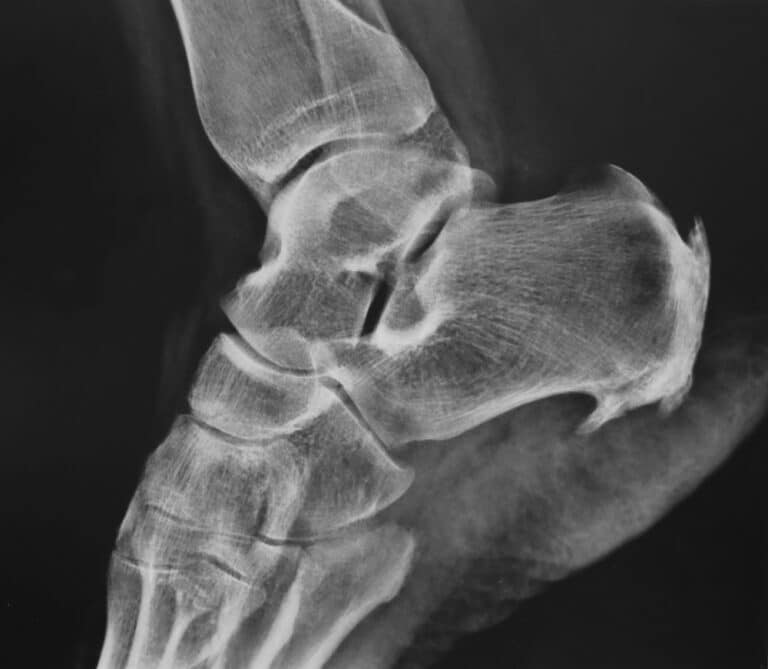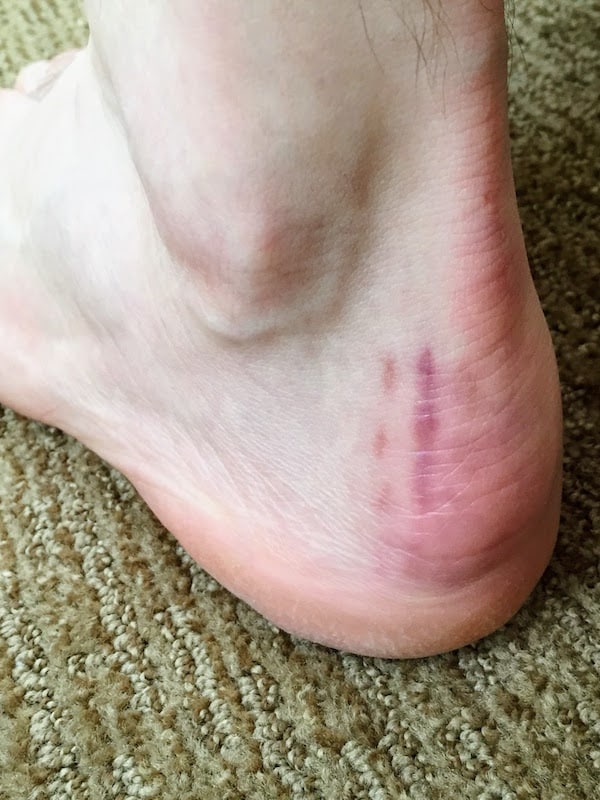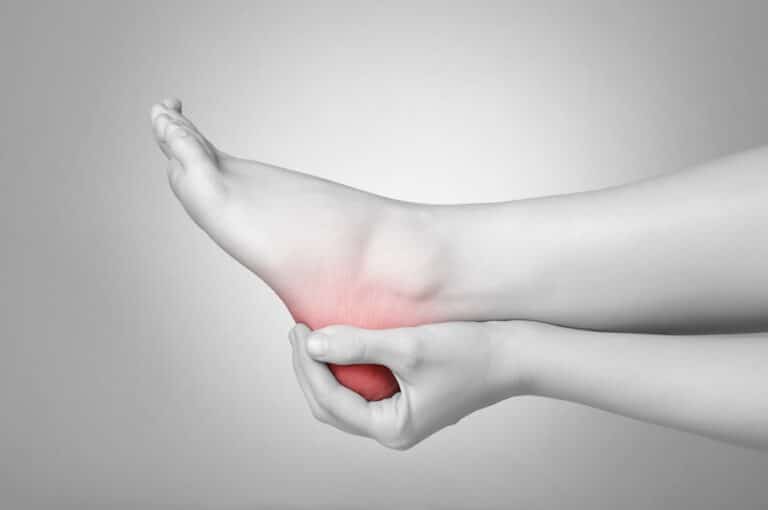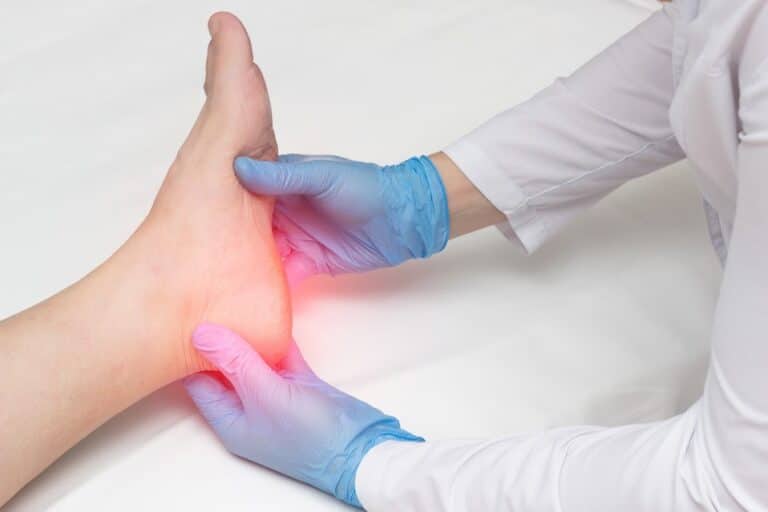Have you ever wondered if there is something that can be done to prevent hammertoes from occurring? Is that even possible? To a certain extent, it is – but you need to know a bit about this topic if you want to know how to prevent a hammertoe deformity. We have explained everything you need to know about hammertoe prevention in this article – take a look at it to get familiar with the best prevention methods.
Why Do Hammertoes Happen?
Hammertoes are common foot deformities that occur on lesser toes (most commonly on the second toe). The deformed toe is permanently bent at a certain angle and can’t be straightened. The problem can also occur on more than one toe, which causes the toes to look clawed or bunched together. Hammertoes are extremely painful and cause difficulties when weight-bearing or even just wearing shoes. They also cause pressure between the adjacent toes and can lead to other problems such as calluses and corns.
Obviously, pain is the leading issue with this deformity, but there is another problem – the affected joint is flexible at first, but over time, it becomes rigid. There are non-surgical ways you can deal with hammertoe, such as muscle exercises, toe straighteners, or custom shoes, but these can’t permanently fix hammertoe, as they don’t address the real issue, just its consequences. The only effective way to correct hammertoe deformity is a surgical procedure. While there are traditional techniques that can do the job just fine, the preferred procedure is minimally invasive hammertoe surgery. This is a quick outpatient procedure that doesn’t even require general anesthesia.
Get a 10% Discount on Minimally Invasive Hammertoe Surgery Today
But the question that you want to know is this – why does this foot condition even develop in the first place? There are a few reasons why hammertoes can happen, but the most common one is a tight flexor tendon that causes the toe to curl up and stay in that position. Also, hammertoe can occur due to trauma, foot structure that helps the development of the deformity, or even genetic predisposition. Some medical conditions can help form the hammertoe, such as arthritis or hallux valgus (bunion of the hallux). It’s also important to note that uncomfortable footwear (which includes high heels, naturally) can drastically increase the chances of developing this foot deformity.
What Are the Tips on How to Prevent Hammertoe?
What can you do to ensure you don’t develop hammertoes? It’s basically all about taking care of your feet and wearing comfortable shoes. Regular checkups are also helpful, especially if you have diabetes or any circulatory problems – in these cases, regular checkups are not just a recommendation but a necessity. Things like foot massages, warm foot baths, stretching your feet, or putting your feet up when you’re sitting down can also be useful in the prevention of hammertoes.
Wear Sensible Shoes
Taking care of your feet is essential, but picking the right shoes is the most important part of prevention. You want to make sure the shoes have good arch support and a wider, deeper toe box. Definitely avoid pointy and narrow toe boxes. Here are some tips to keep in mind when buying shoes:
- Buy shoes that fit your bigger foot (most people have one foot bigger than the other),
- Don’t trust the shoe sizes, as they depend on the manufacturer. Always try the shoe to make sure it actually fits and feels comfortable,
- Buy shoes at the end of the day when your feet are swollen,
- When trying the shoes, wear socks that you would normally wear with that type of footwear,
- Make sure there is at least half an inch between the tip of your longest toe and the front of the shoe,
- Don’t buy shoes that are tight and expect them to stretch later,
- Avoid high heels – the higher the heel, the worse the shoe.
Use A Pumice Stone
Corns or calluses can often form on the top of the hammertoe, which can cause additional pain. Treating them with a pumice stone (or a file) can be of great help in reducing the size of corn or a callus. Pumice stone should be used after a warm bath. After the treatment, you should apply emollients to keep the area soft.
Do Foot Exercises
Muscle exercises can help prevent the digital contracture that is the basis of a hammertoe. These exercises aren’t anything complicated, and you can do them on your own. It’s basically things like extending, splaying, or curling the toes. You can also move every toe individually to help prevent a contracture.

Call Your Surgeon in Miami to Learn About Hammertoe Treatments
If it’s too late for prevention and it’s time to learn about hammertoe treatment options, you can schedule a consultation with one of our surgeons at the Luxe Foot Surgery Clinic. Our specialists will be happy to help and explain everything you want to know. You can contact us for an appointment via an inquiry form or call our office. We are open Monday to Thursday from 9 AM to 6 PM and Friday from 9 AM to 5 PM.
FAQ
How Do You Stop Hammertoes?
Taking care of your feet (massages, warm baths, etc.) and having regular checkups are a part of prevention, but making sure you wear sensible shoes is the most important thing.
How Do You Treat Hammertoes Naturally?
You can’t permanently fix hammertoes without surgery, but you can do something to help with the symptoms. Physical therapy (stretching and strengthening exercises) is always helpful, and changing the type of shoes you wear is necessary.
Does Walking Help Hammertoes?
Walking in uncomfortable shoes can help hammertoe development, and once the deformity is formed, walking can be quite painful.
Can You Reverse a Hammer Toe?
Yes, a hammertoe can be permanently reversed with a surgical procedure. The best option is minimally invasive hammertoe surgery.
How Can I Straighten My Hammer Toes at Home?
You can do certain physical therapy exercises at home, which may help straighten your foot deformity. There are many exercises you can easily do in the comfort of your home, including toe crunches, toe rolls, taps, and floor grips.




